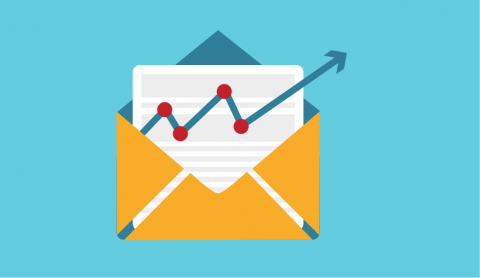Use a plain language approach to emails -- 1 of 2
Use a plain language approach to emails -- 1 of 2

Do you still use email? Especially for work?
Yes but
-
there are too many
-
nobody reads them
Emails can be useful
-
to use as a reference for dates, times, locations and the like
-
to give you a record of ideas, a process, and decisions
-
to let you avoid talking when you have no time to talk
-
for giving a lot of information
On the other hand, would a quick phone call or a moment of conversation be faster? Remember, it is good to stand up and walk around regularly.
Tip: Develop a basic protocol with your colleagues if you use email regularly at work. Make it informal. Write it down.
Here are some ideas, with examples, to help you use email effectively and develop a protocol.
Use the right kind of subject line
A good subject line
-
gets read
-
lets people find the email again
How to do it
Use questions – they are hard to resist reading.
e.g.: Can you come Wed NOT Fri?
e.g.: Will there be chairs at the site?
Tag the email for reference.
e.g.: Emmerson file – repairs for April
e.g.: Minutes of March 12/15 board meeting
Use words that are key to your message.
e.g.: New copy deadline is Jan 6
e.g.: cc – please file under New Desks project
Make it clear whether it is a quick email or a longer one.
e.g.: One question about the contact list
e.g.: Please resend meeting address
Use a long thread for a single topic to help everyone keep all the information on that topic in one place. That is, keep adding to the original email about a single topic.